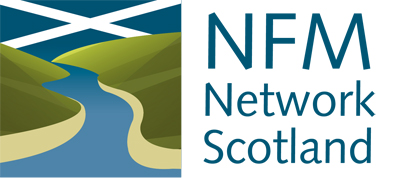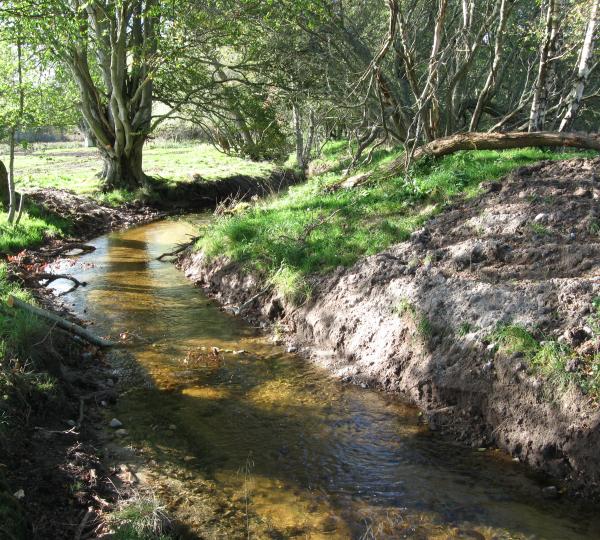In early October 2011, a reach of the lower Logie Burn, was reconnected to relict meanders to restore its meandering morphology, river habitat and riparian habitat diversity. Further aims were to reduce downstream phosphorous and fine sediment transfer into Loch Davan by enhancing in-channel storage capacity and raise the profile of this style of restoration to practitioners and stakeholders in the region.
Since July 2011, before and after monitoring of channel morphology, habitat, discharge, riverbed sediment and riverbed phosphorous has been undertaken within the restored reach and an upstream control reach. Alongside evaluating the rates and types of physical processes that occur, the monitoring aims to assess how well the scheme creates benefits of:
- Increased diversity of physical habitat;
- Reduced nutrient and fine sediment transfer into Loch Davan.

